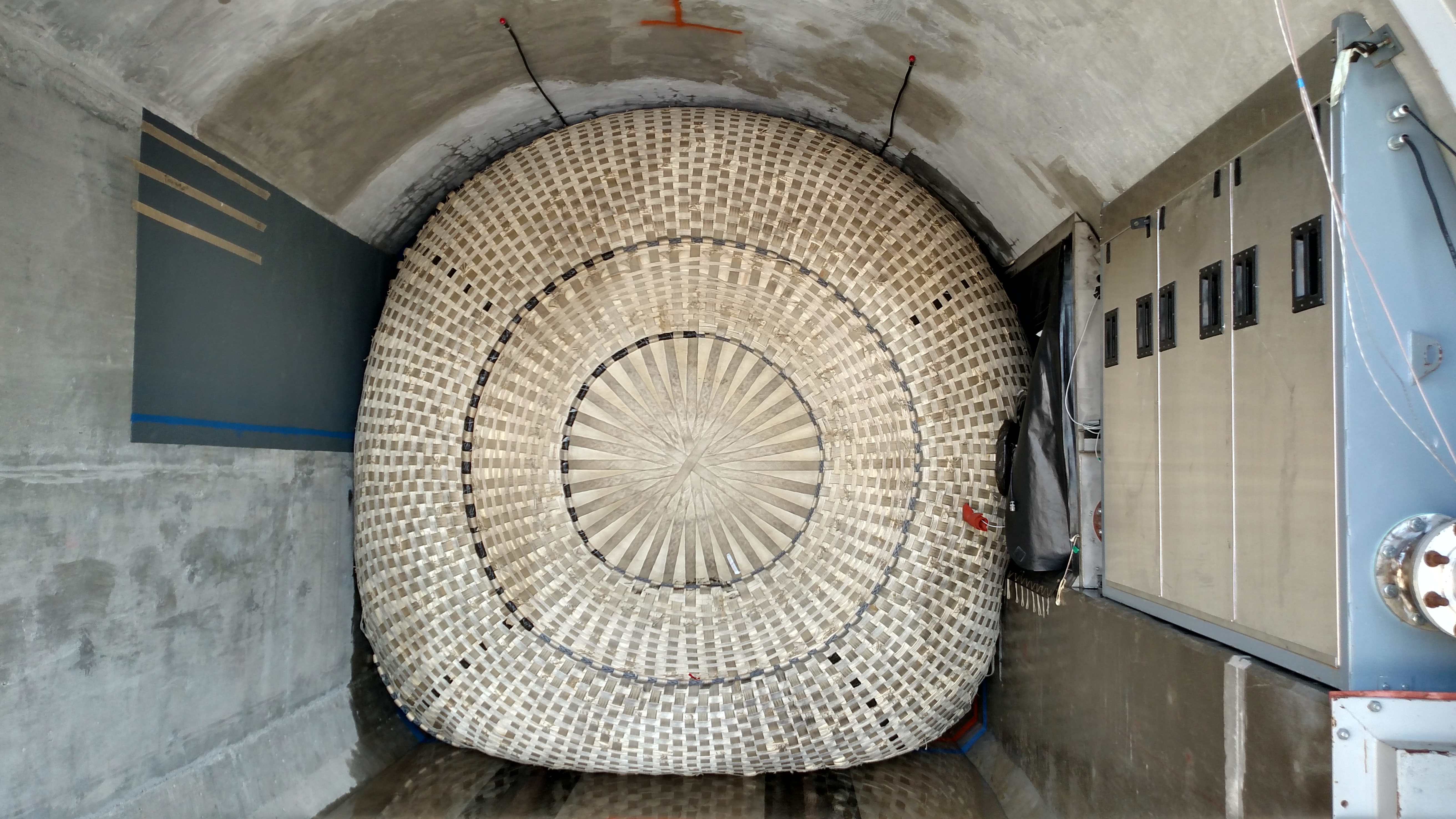DHS Tests a Giant, Subway-Protecting Balloon

Metro trains arrive in the Gallery Place-Chinatown Metro station in Washington, DC. Alex Brandon/AP File Photo
The agency wants to protect citizens and transportation systems from floods from natural disasters or terrorist attacks.
How can transportation workers stop a deluge of water from surging into a subway tunnel? A Homeland Security Department tech team thinks it has the answer: use a huge inflatable object to plug up the tunnel.
On Tuesday, DHS demonstrated the final version of its "Resilient Tunnel Plug," in Delaware; it has tested prototypes of the system in Washington's Metrorail. DHS sees the plug as a way to protect citizens and transportation systems from floods from natural disasters or terrorist attacks.

The plug, similar to a large balloon, rapidly inflates to seal the perimeter of a tunnel, according to DHS' Science and Technology Directorate. DHS worked with ILC Dover, a manufacturing company, the Pacific Northwest Laboratory within the Energy Department, and West Virginia University.
» Get the best federal technology news and ideas delivered right to your inbox. Sign up here.
The plug is about 32 feet long, 16.5 feet in diameter and weighs about 1,700 pounds. It's filled with air when deployed, but could hold up to 38,000 gallons of water.
Greg Holter, a staff engineer at the Pacific Northwest Lab, told an audience during livestreamed remarks the idea of using a plug to stop a flood was "pretty simple," and that the team has been working on taking "that concept to reality ... in a real transportation tunnel setting."
The plug can't just seal the tunnel off temporarily: It also needs to withstand an enormous amount of pressure from water attempting to surge into the tunnel, he explained. The plug also needs to work along with normal subway operations and constraints.

"It needs to fit into the way the tunnel operators run their business, or it's not going to be adopted," Holter said.
The team has spun off other solutions from this system, including flexible layers that could be used to prevent water from getting from the surface into tunnels, according to ILC Dover.
The same team working on the Resilient Tunnel Plug today has argued such devices could have stopped flooding within the New York City subway system during Hurricane Sandy. Had they been ready to deploy, plugs "could have made a terrific difference," Holter told CNN in Sandy's aftermath in 2012.
"The problem is we don't have a stock of things that we could put in place. It's not like we have a bunch of these sitting in a warehouse," he said, adding it was "a little frustrating really that we weren't at a better stage at this thing."


